Stroke is one of Australia’s biggest killers, it is the fifth leading cause of death. It affects thousands of people every year.
We have put together some important information about stroke recognition, its causes, as well as some crucial products to help you keep track of your blood pressure to control the risk of a stroke.
Every nine minutes, someone will experience a stroke in Australia. That number is predicted to increase majorly in the coming 30 years.
Stroke survivors are often left with long-lasting problems and disabilities.
August is the start of stroke week in Australia. Communities come together to raise awareness about the disease, the risks, how to recognise the signs of a stroke and what we can do to prevent it.
At Bettercaremarket we believe that the more awareness there is around the disease, the more we can tackle the problem in the community.
Understanding a stroke
Stroke is also called a brain attack or CVA (Cerebrovascular Accident). It is caused when the blood that brings the oxygen to part of your brain is blocked from reaching the brain’s tissues.
The brain can only maintain a few seconds without adequate blood supply; after that, brain cells get damaged or even die within minutes, causing the part of the body that the injured brain controls, to stop working.

This can be any part of the body. It can be very frightening as it affects the way you move, you talk, you think or feel. While stroke is highly preventable and treatable, it is said that it is still ten times more fatal than Covid-19.
Types of stroke
Not all strokes are the same. There are two types of stroke: ischemic and haemorrhagic. What is the difference and what causes it?
Ischemic Stroke
Ischemic strokes, also referred to as a brain ischemia, are the most common type of strokes. They occur when a blockage in the blood vessel cuts off the blood supply – and thus the oxygen and nutrients - to the brain. A blood clot in an artery keeps the blood from flowing to the brain. Within minutes, brain cells begin to die.
A narrowing of the artery, caused by fatty deposits build-up on the walls of your blood vessels, is another form of ischemic stroke also known as cerebral thrombosis. The plaque gradually narrows the passageway, causing blood flow to slow down or even to completely block the artery.
You might also have heard of TIA’s or Transient Ischemic attack. These mini strokes are the results from a brief interruption of blood supply to the brain, which can mean you are at risk of having a more serious stroke.

Haemorrhagic Stroke
The second category that accounts for 15% of strokes, happens essentially when a weakened blood vessel leaks or ruptures into the brain. These strokes can be much more serious and far more difficult to treat than ischemic strokes.
Haemorrhagic strokes are often caused by high blood pressure or a cerebral aneurysm, which is a ballooning of a weak area in the artery than become weaker and can burst.
What are the signs of a stroke?
Sometimes signs of a stroke are difficult to identify. If you suspect a stroke, don’t delay. You have to take action quickly as every minute counts! Treatment within the hour can prevent long-term disability or death. Make sure to learn the warning signs and act fast.
Some of these signs can happen hours or days in advance.
B. Balance issues: a stroke sufferer may experience sudden issues with balance, severe headaches and confusion,
Tip: Ask them to touch their nose with their finger. In case of headache, ask them if the pain is out of the ordinary.
E. Eyes: sudden blindness in one eye or double vision can be a sign of a stroke
F. Face: when one side of the face looks droopy, ask them to smile and see if their smile is ‘uneven’.
A. Arms: if someone experiences a stroke, they often have a sudden weakness in their body. Ask them to raise their arms. If one arm is significantly lower than the other, that is a key symptom.
S. Speech difficulty: if the person slurs their words or has trouble speaking clearly
T. Time: if an individual is showing one or more of these symptoms, make sure to act quickly. Call 0-0-0 immediately!
How to reduce the risk of stroke?
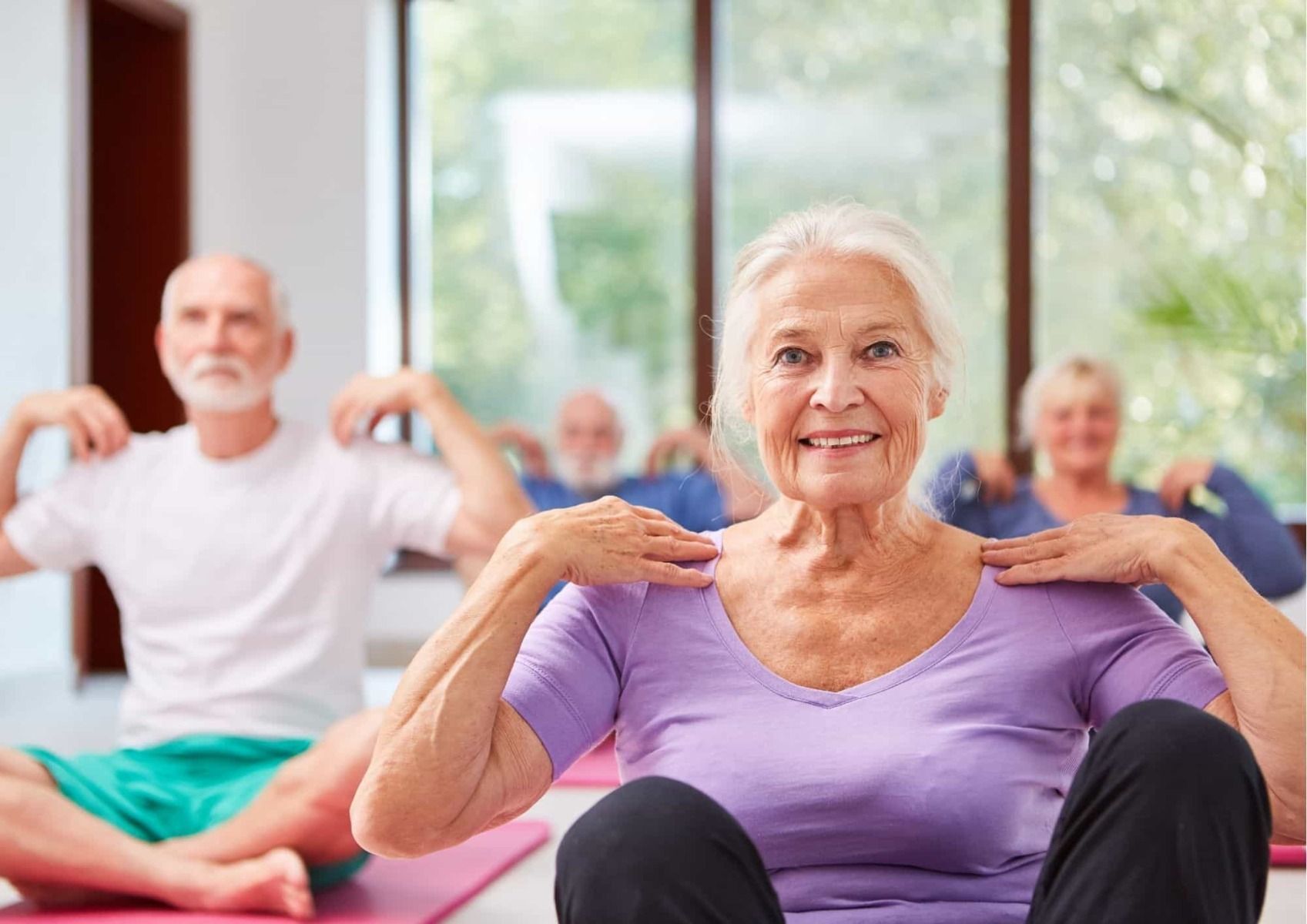
According to the Stroke Foundation Australia, more than 80% of strokes can be prevented. The key is to make some healthy lifestyle changes and manage your blood pressure. Here's a handy list of things you can do to help lower your chances of a stroke.
1. Stay in control of diabetes: if you have diabetes, your risk of having a stroke or heart attack is higher. Talk to your GP about how diabetes affects your risk of stroke, and what you can do about it.
2. Be smoke-free: we all know that smoking is bad for you, as it increases your risk of developing blood clots. Talk with your GP about how to quit. Healthy lungs mean healthy blood, and therefore a reduced risk of stroke.
3. Drink less alcohol: Drinking less alcohol will have a beneficial influence on your blood pressure. It will make you more resistant to stroke.
4. Manage your weight: reaching and maintaining a healthy weight will help improve your blood pressure and definitely reduce the risk factor for a stroke.

5. Exercise: Like most health-related issues, being active can reduce the risk of stroke. Regular physical activity will improve your blood pressure and ‘good cholesterol’ levels.
6. Eat healthy: healthy eating can decrease your risk of stroke. Less fat = less cholesterol in the blood, which means a lower risk of stroke.
7. Get enough Vitamin D: this nutrient is one of the most important vitamins that your body needs. The good thing it is available for free from the sun!
8. Keep track of your blood pressure: high blood pressure is the number one risk factor for stroke. It is vital you know where you stand, as you may not feel differently if your blood pressure is high. Once you know your blood pressure, you can take the necessary steps to a healthy blood pressure. Why not invest in a blood pressure monitor for at home? Choose our very convenient wrist BPM that measures your blood and pulse rate simultaneously.
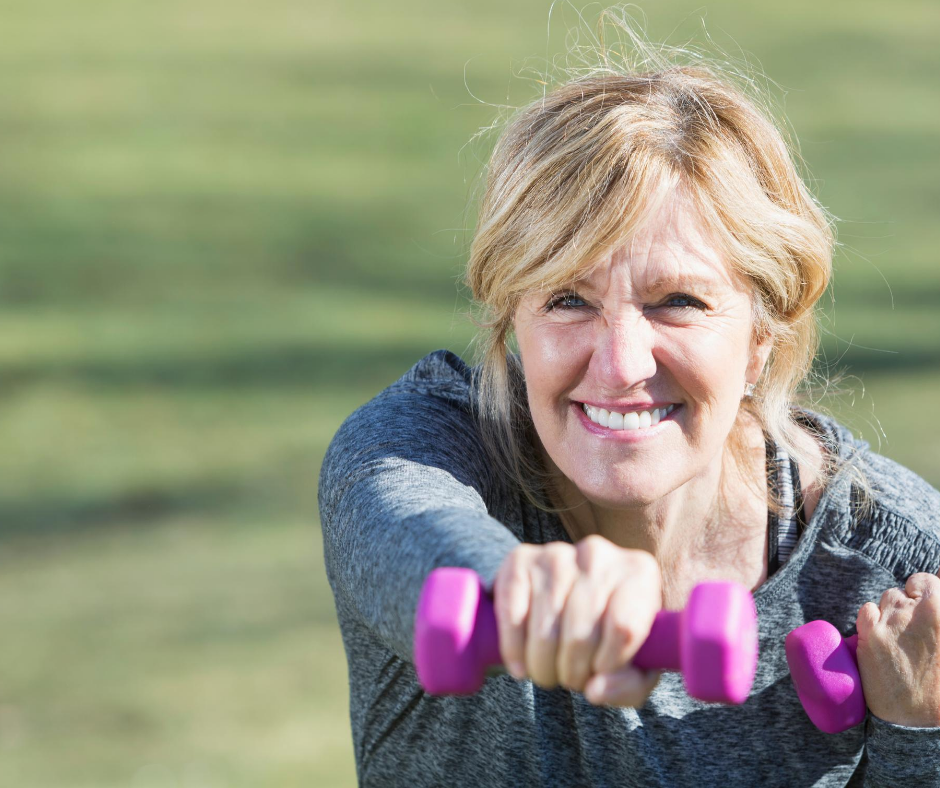
Will you be able to move again after a stroke?
According to the stroke foundation, 10% of stroke sufferers will fully recover, while 25% will only show minor impairment. These numbers prove that you shouldn’t give up hope! The brain is an astonishing organ that has miraculous capacity to surprise us all! Take on stroke-related rehabilitation and start as early as possible. The sooner you start repairing damage, the higher the chance is you regain muscle movement or speech.
Which daily living aids can assist you after a stroke?
Rehabilitation after a stroke is a long and strenuous journey, resuming to do the day-to-day tasks can sometimes take a long time. With the use of daily living aids and assistive tools, a stroke sufferer has the opportunity to resume his/her independence.
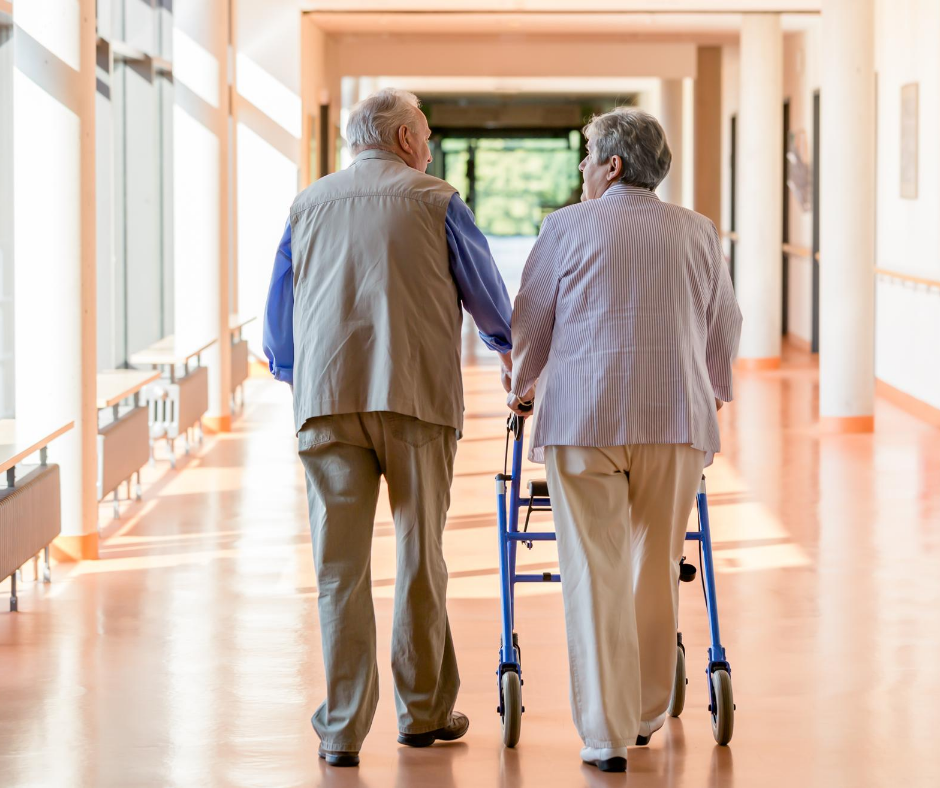
Bettercaremarket has a wide range of adaptive equipment to assist you both inside and outside your home. These aids will help you have greater independence with everyday activities and assist you to lead an empowered lifestyle.
For mobility:
A lot of stroke patients experience mobility difficulties. Some mobility aids can be very useful to help stroke patients regain their independence with everyday activities. These specialised rehabilitation equipment might be useful.
Rollator: A rollator will provide you with extra support when walking. The device helps in the recovery by remaining active, getting your balance back and strengthening your muscles. Our rollator 105 is a sturdy walker that has proven to be very reliable. It is available in 4 colours.
Ergonomic Quad Cane: a walking cane will enhance your mobility. If you don’t have good use of one side, a quad cane can be very convenient. This Quad Cane has a wider base priding you with better balance and stability. On top of that, this walking stick has an ergonomic handle that distributes the pressure across your palm.
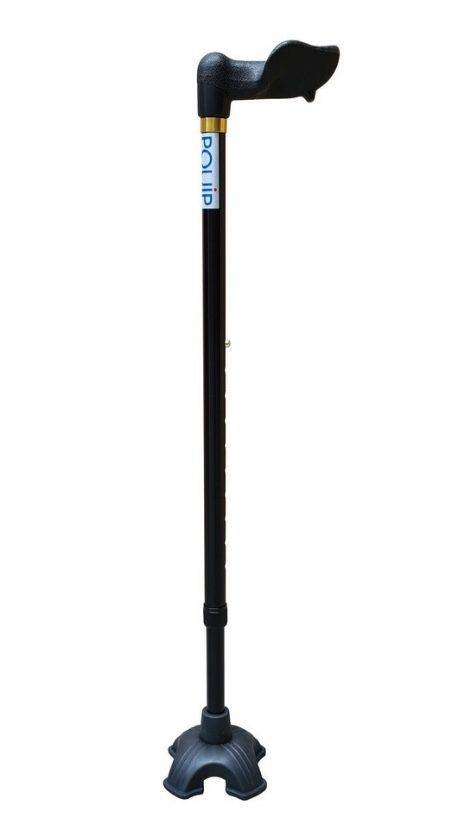
Folding Electric Wheelchair: if you cannot drive a car (anymore), you probably will be able to drive an electric wheelchair because of its speed limit. Keep in mind that for this mobility aid, you will have to be capable to walk and have enough strength and coordination in the arms. Our Venom Mobility Scooter is a mini scooter that is light and has a swivel seat that makes accessing very easy.
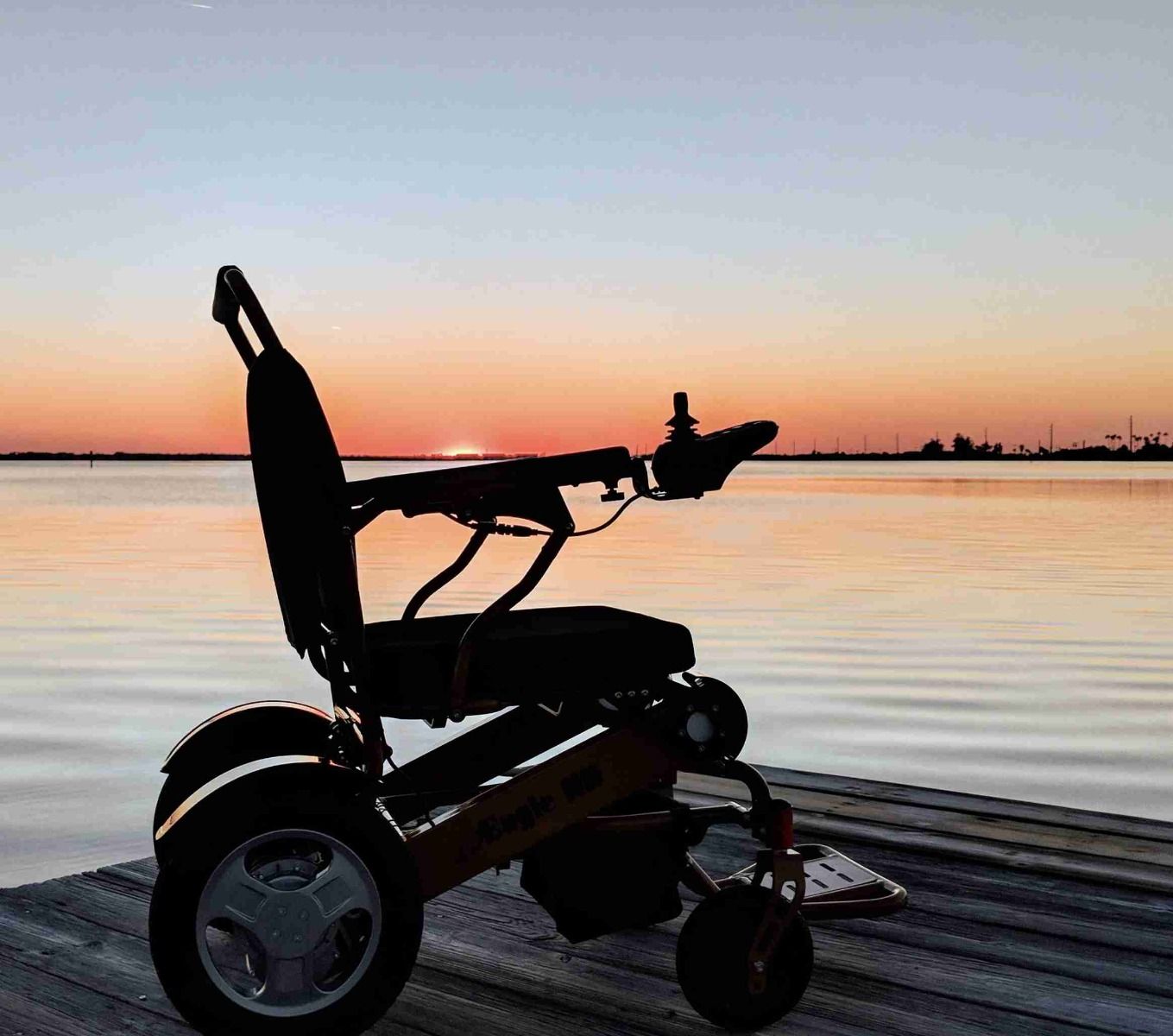
Handy Bar: the handy bar is a great device if you need some help to get in or out of the car.
For exercise:
The benefits of moving or getting some physical activity every day is very significant for stroke patients.
Arm & Leg Pedal exerciser: is a great exerciser for your legs or arms. This low impact exercise bike will maintain and restore muscle strength and flexibility from the comfort of your own home.
For your health:
Blood pressure monitor: for someone recovering from a stroke a blood pressure monitor is essential. To keep track of your health, our monitors allow for quick and easy reading of systolic and diastolic blood pressure levels, as well as heart rate. They feature a hypertension indicator and an irregular heartbeat detector.
For at home:
Reacher: our reacher by Handi-Grip helps you pick up objects from the floor, in the garden, from a higher spot or when you are out shopping.
Overbed table: this recovery aid is ideal when you come back from hospital: for reading, writing or eating in bed.
Food workstation: this is a very useful device at meal times when you recover from a stroke at home. This food preparation system allows you to cut, slice and grate, even with one hand.
For the bathroom:
Bath transfer board: will reduce your chance of falling when you get in and out of the bath. Our bath board from Aquasense is made to fit most baths, providing strong support.
Multifunctional Shower Chair: this unique mobility aid has 6 functions in 1. It acts as a rehabilitation gait trainer, a shower chair, a walking frame, a bedside commode chair, a raised toilet seat, toilet rail and over toilet frame in one.
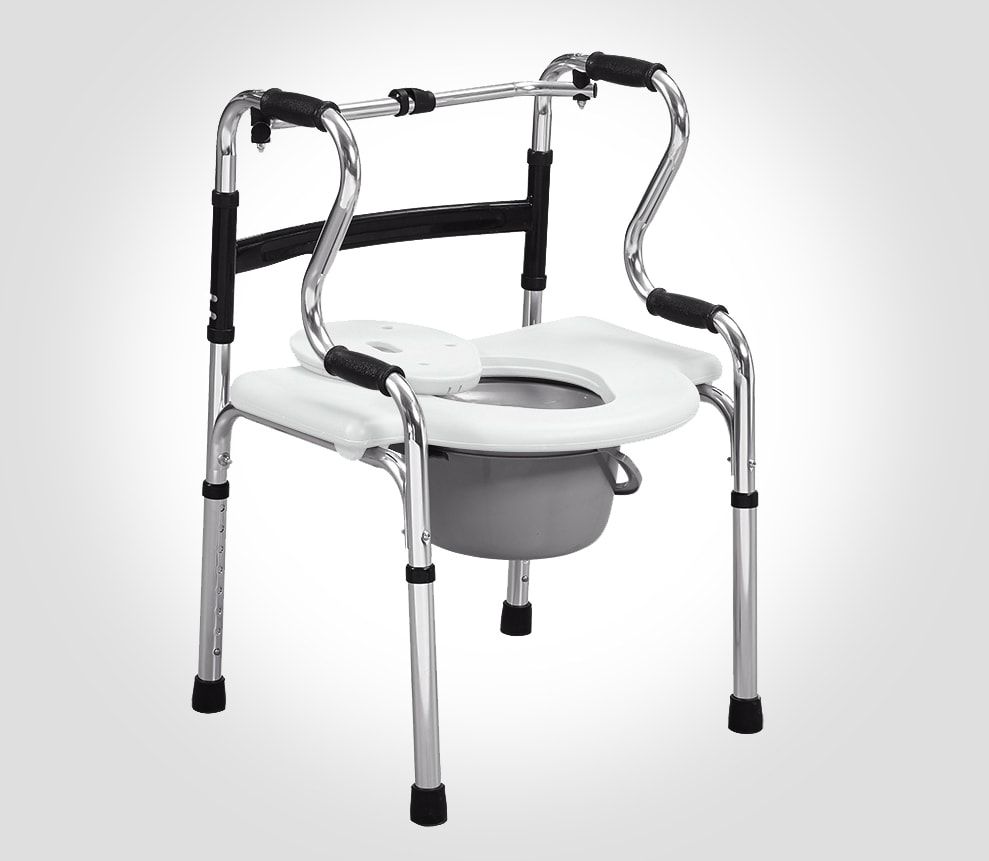
Raised toilet seat with armrests: this rehab equipment provides you with extra support in the bathroom. It is designed to assist you when lowering onto or rise from the toilet. The armrests will help you to push yourself up. It fits most of the toilet bowls without using any tools!
Conclusion
Make sure you know the signs of a stroke! The faster you act, the better the chances are for a quicker recovery. By following the 8 steps we mentioned, you'll drastically decrease your chances of suffering a stroke.
Try to find daily living aids or mobility aids that will ensure you have the tools to assist you do your everyday activities. Not only will they improve the quality of your life, they will also help you regain independence and confidence.
 Registered NDIS Provider
Registered NDIS Provider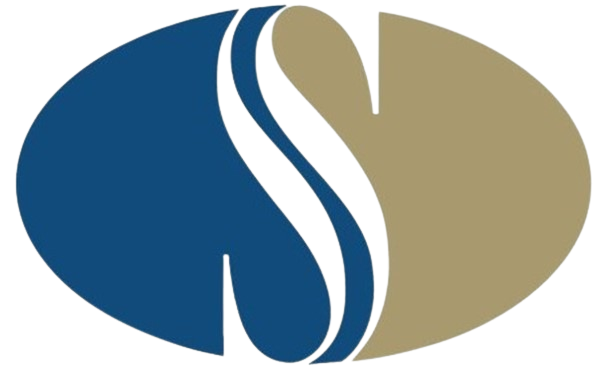










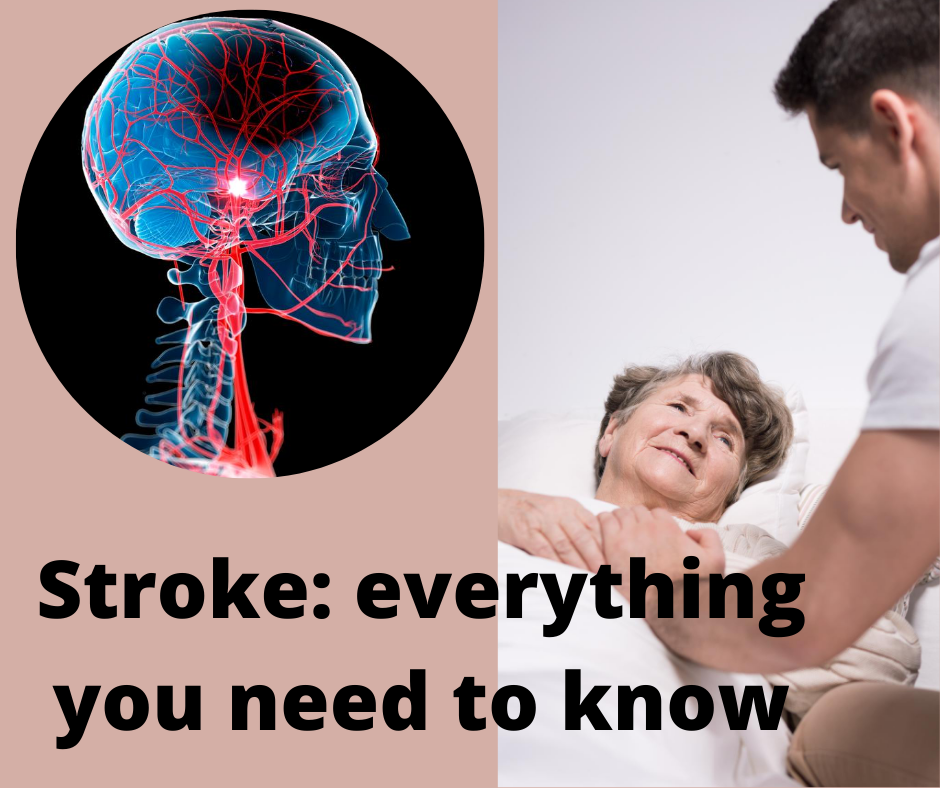
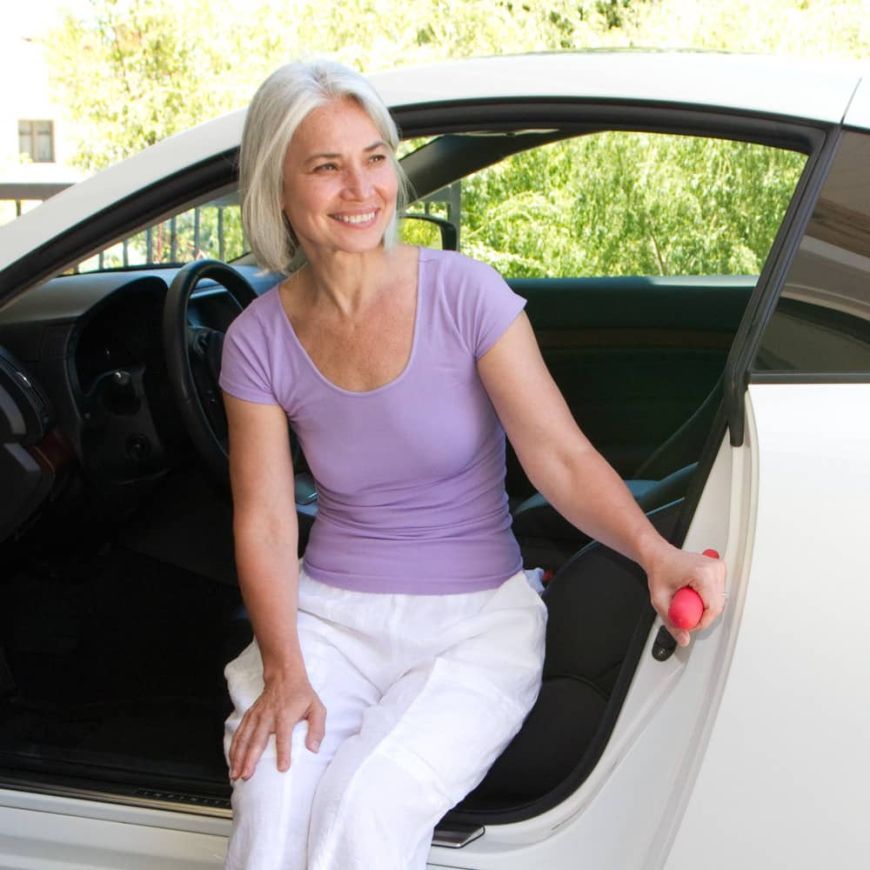





Comments